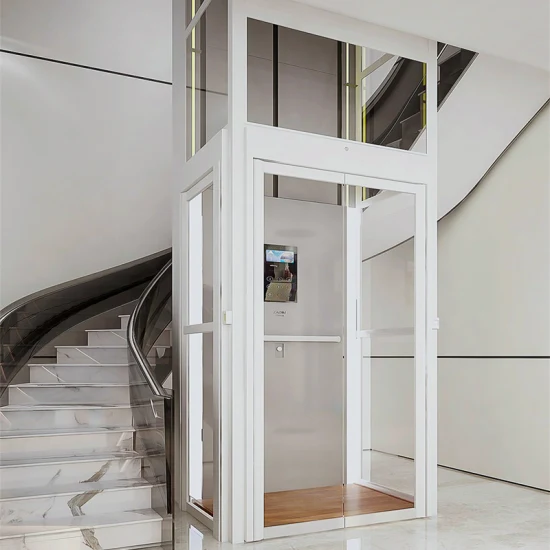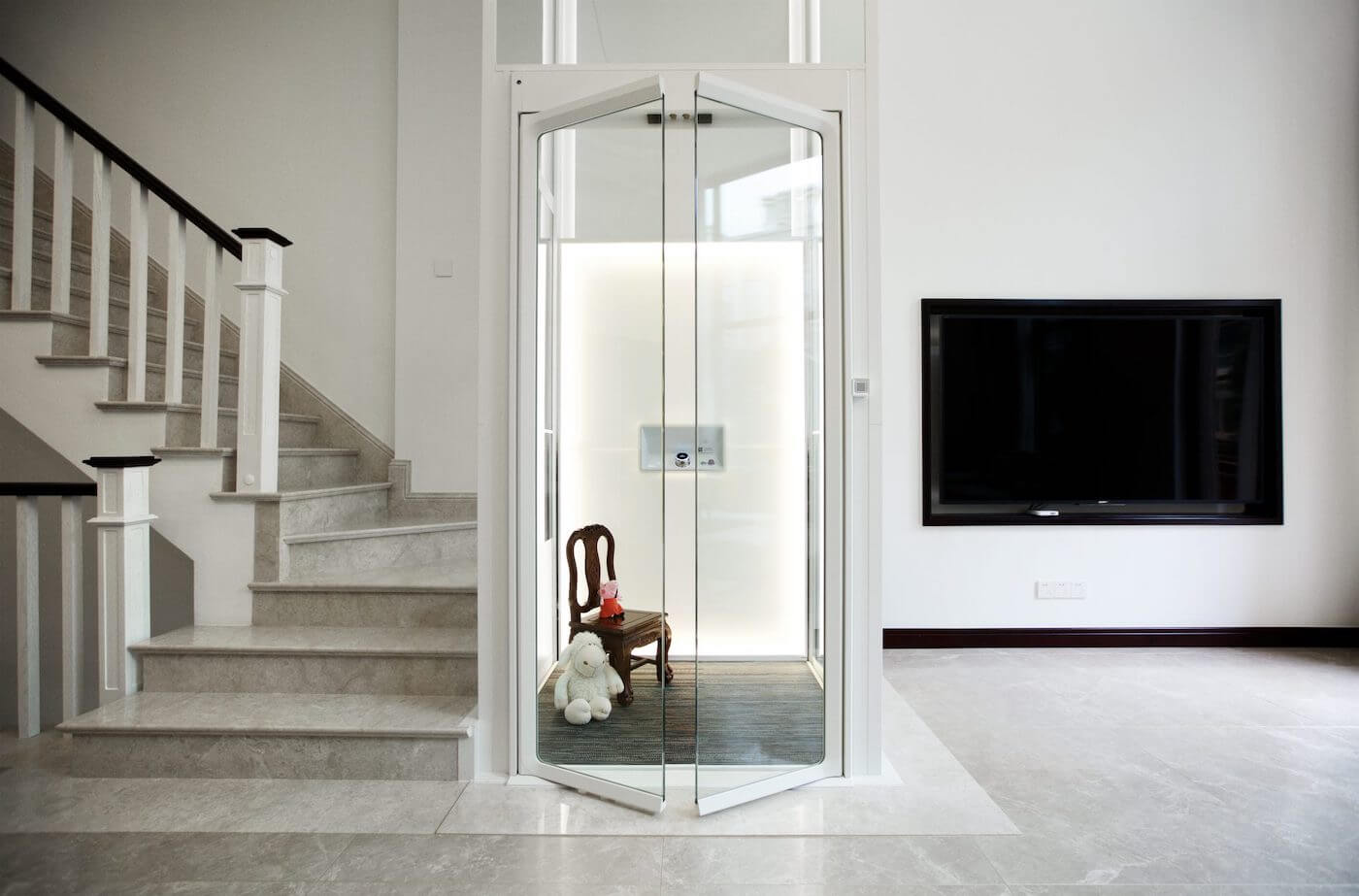Cost Effective Lift Repair Near Me: Professional Professionals at Your Service
Cost Effective Lift Repair Near Me: Professional Professionals at Your Service
Blog Article
Looking Into the Globe of Elevators: Typical Problems Faced by Different Lift Systems
As we browse through the upright transportation systems of modern structures, lifts attract attention as an indispensable part of our lives. Nonetheless, behind their seamless procedure exists a globe of complex devices that can occasionally run into difficulties. From hydraulic lifts to grip systems and machine-room-less layouts, each lift kind comes with its collection of common problems. Comprehending these challenges is vital for ensuring the smooth performance of these essential systems. Allow's discover the intricacies that underlie the procedure of elevators and the potential problems that can occur, clarifying the detailed web of lift systems.
Hydraulic Lifts
Hydraulic lifts, often preferred for low-rise buildings, make use of fluid pressure to regulate the motion of the elevator cars and truck (lift repair companies). This device entails a hydraulic pump pressing oil right into a cyndrical tube, causing the elevator to relocate the wanted direction. While hydraulic elevators are recognized for their smooth and quiet procedure, they do include their own collection of typical concerns
One common issue with hydraulic lifts is oil leakage. In addition, concerns with the control system, such as faulty shutoffs or a malfunctioning pump, can create disturbances in the lift's motion.
Regular upkeep and timely repair services are necessary to make certain the smooth functioning of hydraulic elevators. By dealing with these typical problems proactively, structure owners can lessen downtime and guarantee the safety and efficiency of their upright transportation system.
Grip Lifts
When thinking about vertical transport systems in structures, one more usual type apart from hydraulic elevators is the traction lift. Grip lifts run using a system of ropes and counterweights that move the elevator vehicle by grasping onto the hoist ropes. This device enables for smoother and much faster upright transport compared to hydraulic systems.
Among the common problems encountered by grip elevators is rope wear. The consistent movement of the ropes within the traction system can lead to tear and wear in time, possibly causing the lift to breakdown or end up being harmful for use. Normal examinations and upkeep of the ropes are important to ensure the elevator's proper performance and security.
Another problem that grip lifts may run into is connected to the control system. Issues with the control system can result in issues such as irregular activity, hold-ups in reaction times, or even total closures. Routine testing and maintenance of the control system are critical to prevent such problems and make sure the lift's reliability.
Machine-Room-Less (MRL) Lifts

Among the essential components of MRL lifts is the small gearless grip machine that is installed within the hoistway. This equipment successfully drives the elevator auto without the need for large equipment discovered in standard traction lifts. Additionally, MRL elevators typically utilize a weight system to balance the car, additional enhancing their power efficiency.
In spite of their advantages, MRL lifts might face challenges connected to upkeep and repair due to the constrained space for tools installment. Accessibility for servicing components within the shaft can be limited, needing specialized training for technicians. Appropriate upkeep schedules and normal examinations are essential to make sure the continued smooth operation of MRL lifts.
Overloading and Weight Restriction Issues
Straining and weight restriction concerns are critical issues in elevator operations. Elevator makers layout lifts with particular weight capabilities to guarantee traveler security and equipment durability.
When elevators are overloaded, it places excessive strain on the electric motor, cable televisions, and other elements, possibly creating break downs or breakdowns. Security devices such as sensing units and overload sensing units remain in place to stop elevators from relocating if they detect excess weight. Additionally, surpassing weight limits can result in enhanced energy intake and deterioration on the elevator system.
To mitigate overwhelming issues, building supervisors need to prominently show weight limits in lifts and enlighten occupants on the significance of adhering to these limitations - lift repair companies. Regular upkeep checks by certified service technicians can likewise aid make sure that elevators are running within safe weight specifications. By attending to overloading and weight limit problems proactively, structure proprietors can enhance lift security and efficiency
Electrical System Failures
Going beyond weight limitations in lifts can not only lead to mechanical concerns however likewise possibly contribute to electric system failings within the lift infrastructure. Electric system failings are a vital problem in elevator procedure, as they can cause unanticipated closures, malfunctions, or also safety and security risks.
Furthermore, power surges or changes in the electric supply can likewise interfere with the elevator's operation, affecting its efficiency and security. These electric disturbances can damage sensitive elevator elements such as control panels, motherboard, or read review sensing units, leading to system failures. Regular upkeep and evaluations are vital to determine and resolve possible electrical issues quickly, guaranteeing the reliable and safe procedure of elevator systems. By adhering to weight limitations and performing routine electrical system checks, building owners can mitigate the danger of electric failings in lifts.
Verdict

Hydraulic elevators, usually favored for low-rise buildings, utilize fluid stress to regulate the movement of the lift automobile.When considering upright transportation systems in structures, an additional usual type aside from hydraulic elevators is the traction elevator. Traction elevators operate utilizing a system of ropes and weights that relocate the elevator car by grasping onto the hoist ropes. Unlike standard lifts that call for a different maker room to house the equipment, MRL elevators integrate many of the parts within the shaft, removing the need for a committed maker room.In verdict, lifts encounter typical issues such as hydraulic malfunctions, grip system failings, and electric system issues.
Report this page